Autumn is my favorite time of year. Of course there is the changing color of leaves for the landscape photographer. For the wildlife photographer, autumn creates a sense of urgency with many species that offers, if not unique photo ops, at least more chances to photograph animals as they prepare for winter.
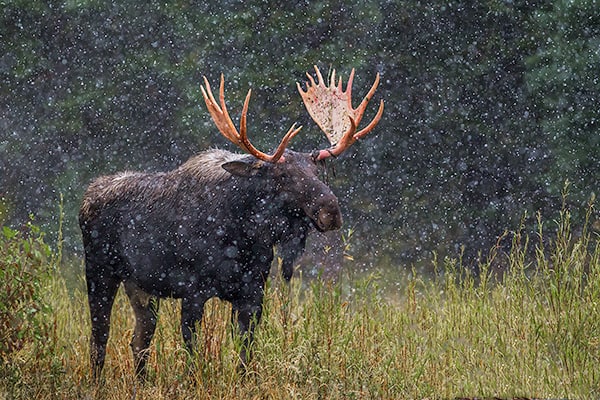
As I write this post, I am just wrapping up a glorious week shooting fall foliage and wildlife in Grand Teton National Park. For thelandscape and wildlife photographer, a Grand Teton autumn offers unparalleled beauty and abundant wildlife.In this post I will focus on just wildlife. I’ll cover fall foliage in a subsequent post.
I came to GTNP with two wildlife photography goals in mind; bears and moose! The park did not disappoint. Although I was unable to shoot grizzly, black bears were almost a daily routine. As winter approaches, black bears are feeding during every waking hour. One of their favorite foods, and abundant this year, are Hawthorn berries. According to the locals, this year’s crop of Hawthorn berries is way above normal and black bears are the beneficiary. I quickly learned the key to finding black bears in GTNP is to first find Hawthorn berries.
Black bears (not all black bears are black by the way) are a very compelling subject matter for photographers. First, being a large mammal, they are rather rare. Second, there is an element of danger with these guys. You must keep your distance and pay proper respect to avoid mishaps. And third, there is the cute factor. In my humble opinion this cinnamon colored black bear, munching on berries, scores 9.5 on the cute-o-meter. I captured him with the Canon 1D Mark IV and EF400mm f/5.6L at 1/1000s, f/5.6, and ISO 400.
Moose are also feverishly bulking up for the long winter. We had a preview of things to come on Wednesday, when about 4″ of wet snow fell on the valley floor. The higher elevations received about 12″. The big bull below was seen on the river near Oxbow Bend turnout. Being so close to the road in a National Park, he drew a big crowd.
This photo shows the seasonal transformation taking place in the park and the implications to wildlife. Some velvet still hangs from the moose’s antlers and even though it is snowing hard, green grass and brush are easily visible along the river bank. First rain, then wet snow accumulated on the back of the moose as he lie in the grass. Soon he stood up and shook like a dog to shed the water; gallons. As the massive head and antlers shook, the remaining velvet on his antlers swung wildly. It was quite a show.
After a few minutes pondering the arsenal of big lenses trained on him from the river bank, the big bull slowly crossed the river about 100 yards downstream and disappeared into the forest. It was the most memorable moment of my time in Grand Teton.
Because of the low light and heavy wet snow, shooting conditions were far from ideal. To make sure the falling snow did not become a mushy white blur, a 1/1000 shutter speed was necessary. In the dim overcast light, that required ISO 3200. Although such a high ISO introduces considerable noise, a compromise was necessary to freeze (no pun intended) the snow and the movements of the moose. I think I made the right choice. NIK Define 2.0 handled the noise problem reasonably well in post processing. However, I masked out the moose to make sure no detail was lost due to noise reduction.
Stay tuned for Grand Teton Autumn – Part II

The post Grand Teton Autumn – Part I appeared first on Scenic Aperture.
Frank Comisar
Frank Comisar is a nature photographer who loves to help others make beautiful photographs. His photography interests are varied and range from landscapes to wildlife. He shoots landscapes, wildlife, and nature for the purpose of capturing a moment in time that when revisited, portrays the natural beauty of the places visited and the creatures that live there. His goal is to not merely provide a visual and technical documentation of the scene in front of the lens. Rather, it is to render the scene in an artistic and creative way that not only provides context to the image, but also captures the feeling and essence of the moment.

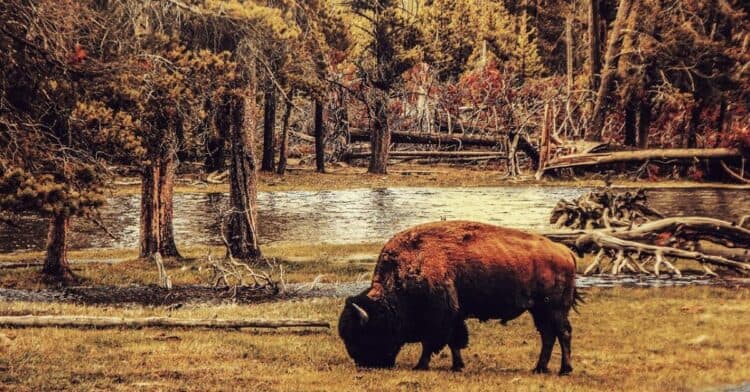
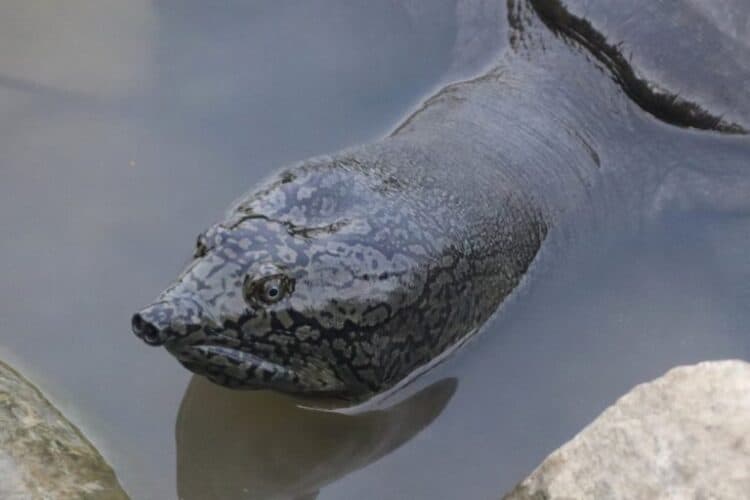
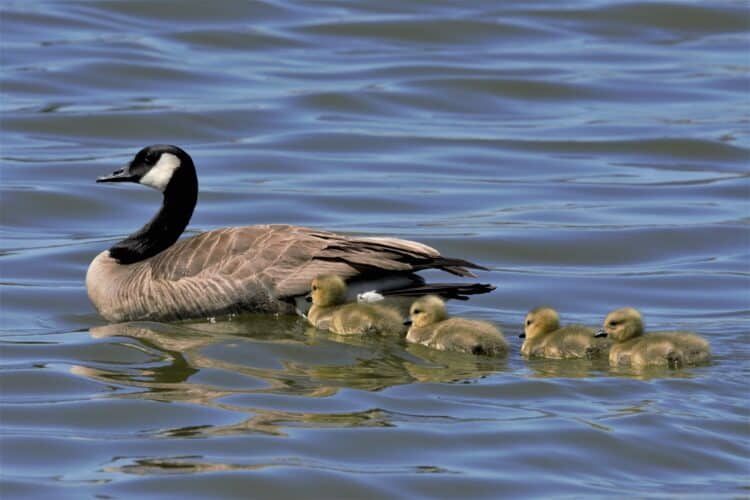
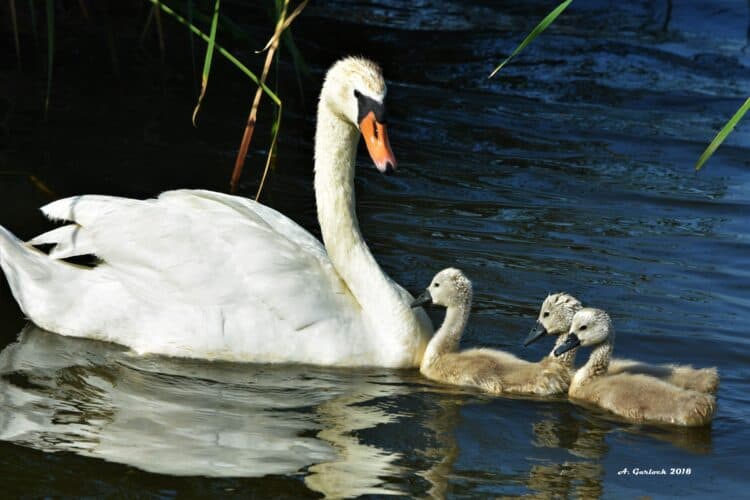

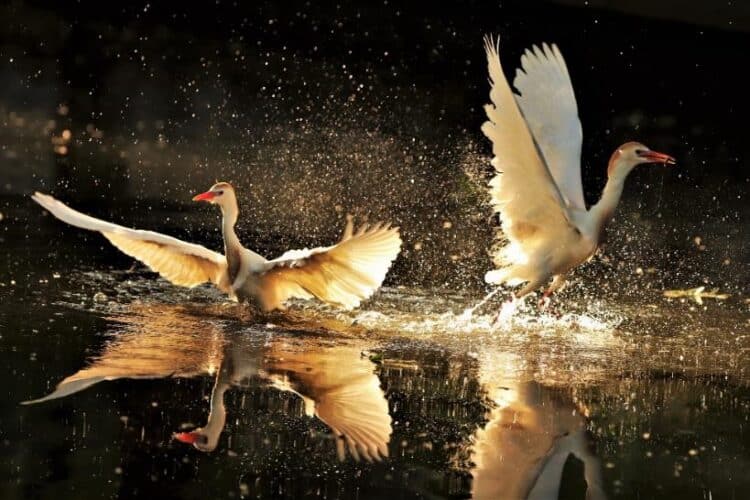
Leave a Reply